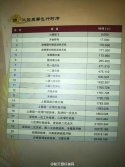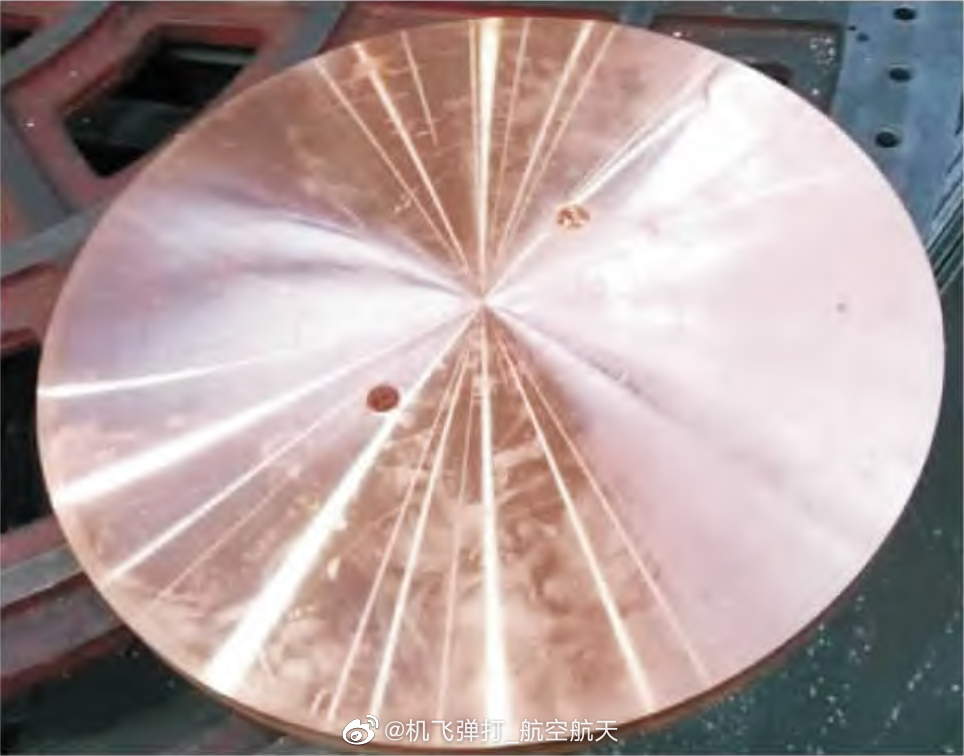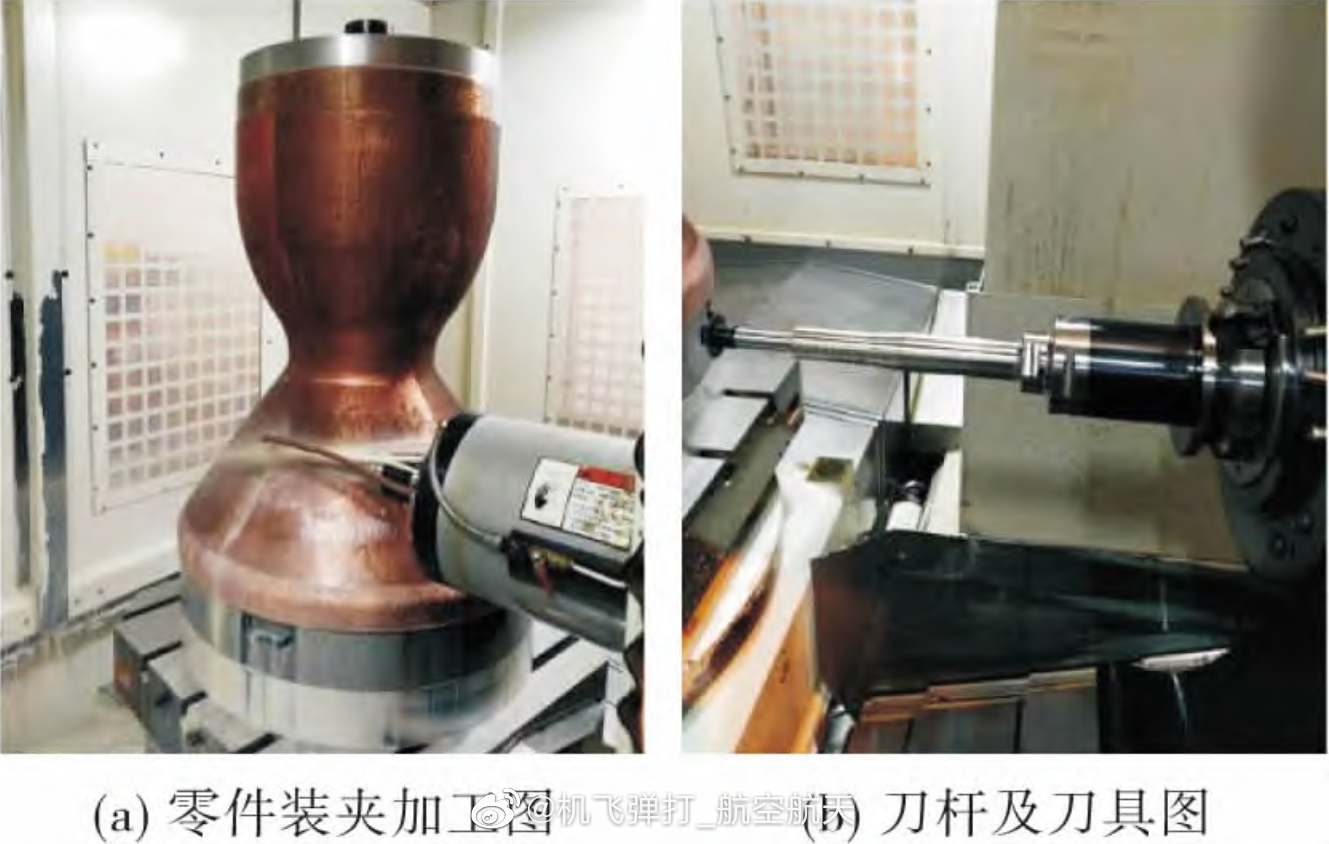You are using an out of date browser. It may not display this or other websites correctly.
You should upgrade or use an alternative browser.
You should upgrade or use an alternative browser.
China's Space Program News Thread
- Thread starter crazyinsane105
- Start date
- Status
- Not open for further replies.
The LM-5 was never meant to compete against the partially reusable Falcon-9. It's China's version of a maiden heavy lift launch vehicle. The most comparable US rocket is probably the expendable Saturn IB, which could put 21,000kg into LEO and was launched 9 times successfully between 1966 and 1975.Of course. But the main point of the argument was about comparing Falcon-9 and LM-5, I mentioned both of them were formally contracted in 2006. now one have launched for 155 times while another one has only 7 records…
SpaceX has shown that the private sector can attract innovation and funding to the space sector. It has achieved what no government in either the US or China has achieved. I think that's pretty indisputable. One of their major selling points is that due to lower cost, they can launch very very frequently, and more launches demonstrates proven reliability.
Then again it's no surprise, the entire 500 year history of the modern world shows that markets have a role to play and that using private companies is better than relying entirely on central planning. In this principle, space exploration is just a minor chapter. Thankfully the CPC figured this out in 1978 and allows China's private sector space development, but these companies need more support as pointed out in this thread.
The hard part is convincing investors it is worthwhile to invest in private space companies. This is a very high risk venture compared with electric vehicles. You might end up with nothing.
SpaceX has shown that the private sector can attract innovation and funding to the space sector. It has achieved what no government in either the US or China has achieved. I think that's pretty indisputable. One of their major selling points is that due to lower cost, they can launch very very frequently, and more launches demonstrates proven reliability.
Then again it's no surprise, the entire 500 year history of the modern world shows that markets have a role to play and that using private companies is better than relying entirely on central planning. In this principle, space exploration is just a minor chapter. Thankfully the CPC figured this out in 1978 and allows China's private sector space development, but these companies need more support as pointed out in this thread.
SpaceX' case is bit unique. They started 20 years ago. For them also it took 6 years from inception to their first successful orbital launch with Falcon 1. Their first 3 orbital tries failed and by the time they tried a 4th attempt they were in the brink of bankruptcy. But that launch success allowed them to secure a big ISS contract from NASA. Musk himself has admitted securing that funding saved the company. And it took them another 2 years to perfect the Merlin engine and launch the F9. Blue Origin is actually a year older than SpaceX and they are yet to deliver an orbital class launch vehicle.
The other successful western startup is RocketLab. They are 15 years old. It took them 12 years from inception to their first successful orbital launch with Electron.
Chinese private launch companies are still much newer than their western counterparts and the progress they are making does not seem very different, if you compare the time frames of development of other companies.
Chinese private company Galactic Energy was formed only 4 years ago. They made their first successful orbit with Ceres-1 (which is in a similar payload class as Electron) only after 2 years of inception. Despite it being an expendable solid fueled rocket their reported price is lower than an Electron. Ceres-1 have been launched twice already and have several lined up for the coming months. Their reusable liquid fueled rocket Pallas-1 is scheduled for first launch early next year.
To compare another US company Relativity Space with Chinese company LandSpace, they both started around the same time. Relativity is developing Terran-1 and LandSpace is working on Zhuque-2. Both of those rockets use new methalox engines and both the rockets are in similar stages of development.
A bit more on the iSpace failure:
Space is hard. People don't appreciate just how difficult this is and why for so long it was only nation-states who could do orbital launches. I hope iSpace continues to learn and tries again.
Space is hard. People don't appreciate just how difficult this is and why for so long it was only nation-states who could do orbital launches. I hope iSpace continues to learn and tries again.
Are you blind? ‘On the ground?’That was due to the Launch was delayed on the ground by 163 minutes. The launch was set at 1800, the launch window was from 1800 to 2040. The actual launch happened at 2043. 3 minutes later than allowed by the calculation. Satellite not only need to reach the orbit of certain diameter and altitude, but also the right phase. Phase is where the satellite's projection point on the surface of the earth. Any delay of launch will make that point further westward off if the sat is to launch eastward. To compensate the delay and resulting phase offset, the launcher must speed up. This is the same as a late departed aircraft must speed up to catch up the scheduled arrival time. The speeding up will demand the engine to burn faster than usual, leading shorter burn time. Even with that one may still miss the arrival time and position. The extra 3 minutes was to be done by the YZ upper stage which is part of the payload not the rocket.
The argument of trouble all relied on the mismatch between the published launch sequence and the actual sequence. The published sequence is in the ticket before the launch. That is based on the 1800 launch time. The actual sequence is the result of launching at 2043. People arguing for the "trouble" seem to miss some basic knowledge of how orbit launching works.
The delay was due to troubles (telemetry data disturbances and ground facilities such as cooling) on the ground before the launch. These troubles were real. But they don't prove existence of troubles of the rocket, not before the launch nor after launch.
Based on the public information available to me, the conclusion is:
- The Y1 mission was delayed due to varias reasons on the ground befor launch.
- There is no evidence indicating CZ-5Y1 rocket had any problem during its flight.
- Attributing mission troubles to the rocket is like blaming the delayed flight on the aircraft instead of the pilot oversleeping.

Actually the upper stage worked for 119.6s, 72.3s more than above table. It provides 132m/s dV, which is 3 times of original design. Can you tell me what ‘ground reasons’ made the 2nd stage lost so much dV?
‘Launching ~ time ~’


even with the extra 3x dV provided by YZ-2, the satellite still didn’t reach GTO. They spent a lot of onboard fuel to fix it.
Last edited:
I think this is the point. Private space takes greater risks to get faster development, so failures should be expected, and in fact required.A bit more on the iSpace failure:
Space is hard. People don't appreciate just how difficult this is and why for so long it was only nation-states who could do orbital launches. I hope iSpace continues to learn and tries again.
If there are no failures, then the program is too conservative, and they could have developed faster by launching sooner and using failures as tests that generate the best data, like car crash tests.
In other news, plants grow in lunar soli, seems NASA sat on this for 50 years, presumably to try to prevent other nations going there.
Makes me wonder what other revelations we will be hearing about from NASA as China repeats NASAs achievements. Maybe something about microbial life on Mars.
Last edited:
西安卫星测控中心宇航动力学国家重点实验室是我国第一个研究人造天体运动规律的国家重点实验室。近年来,该室成功抢救“中星9A”、“长征五号遥一”内的众多重大航天任务故障,曾为国家挽回巨大经济损失。该室始终聚焦太空领域国家安全战略和国家航天重大工程需求,以宇航动力学领域前沿性和应用瓶颈性问题为导向,开展相关领域应用基础研究和系统建设,特别是空间操控核心技术研究,处于国内领先地位,并形成了研究特色。(吕炳宏张璐 李永华)Are you blind? ‘On the ground?’
View attachment 88811
Actually the upper stage worked for 119.6s, 72.3s more than above table. It provides 132m/s dV, which is 3 times of original design. Can you tell me what ‘ground reasons’ made the 2nd stage lost so much dV?
‘Launching ~ time ~’
View attachment 88813
View attachment 88812
even with the extra 3x dV provided by YZ-2, the satellite still didn’t reach GTO. They spent a lot of onboard fuel to fix it.
“LM-5Y1…serious trouble”
They saved the satellite by YZ-2, but another problem caused by the failure of 2nd stage is YZ-2 had no fuel to go to graveyard but left some collision risks for payload.
I think this is the point. Private space takes greater risks to get faster development, so failures should be expected, and in fact required.
If there are no failures, then the program is too conservative, and they could have developed faster by launching sooner and using failures as tests that generate the best data, like car crash tests.
In other news, plants grow in lunar soli, seems NASA sat on this for 50 years, presumably to try to prevent other nations going there.
Makes me wonder what other revelations we will be hearing about from NASA as China repeats NASAs achievements. Maybe something about microbial life on Mars.
According to that article most of Apollo era soil is still locked away and scientists have been doing experiments with simulated soil. For this experiment also they gave just 12 grams of lunar soil.
China actually had an experiment as part of Chang'e-4 in 2019 where they grew plants on the moon. That was also the first seeds to germinate on an extraterrestrial body. But that was using earth soil carried to the moon as payload. Out of several types of seeds only Cotton was able to grow.
If NASA could have given them some lunar soil may be they could have tried this on the moon using actual moon soil. May be China will repeat this experiment on a future Chang'e mission by sending back some of the Chang'e-5 soil or using an in situ method.
- Status
- Not open for further replies.





